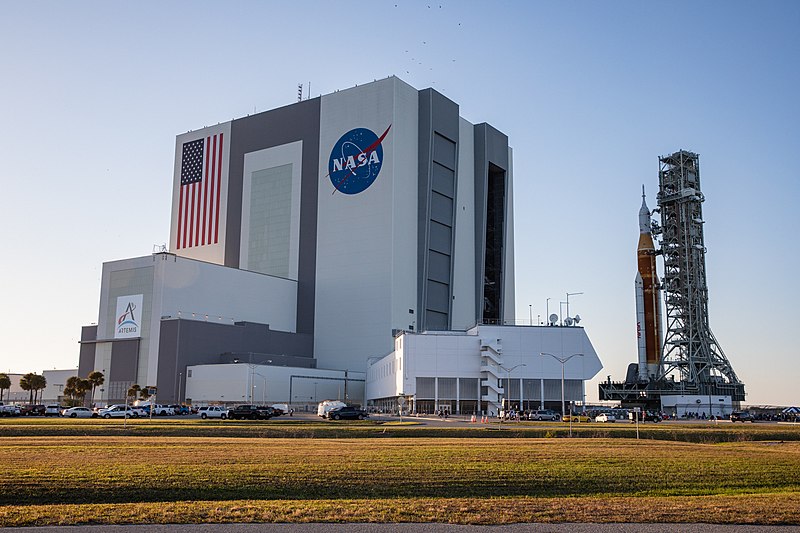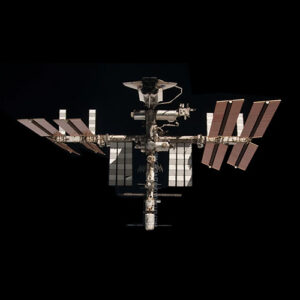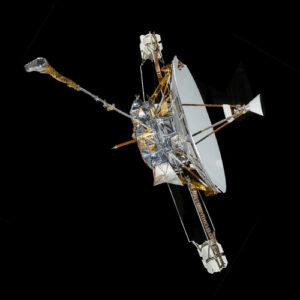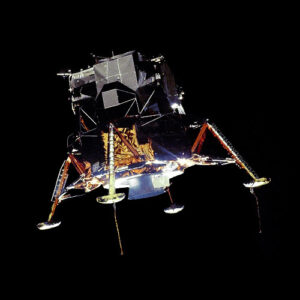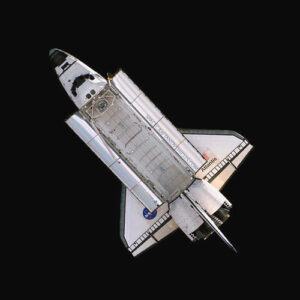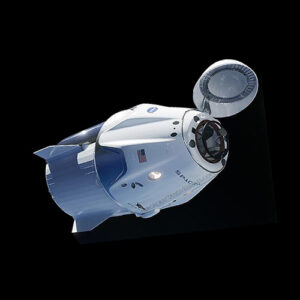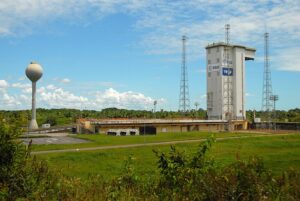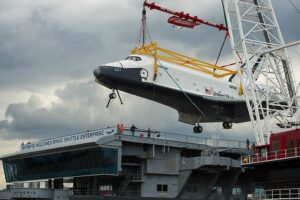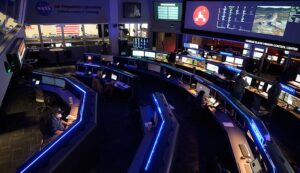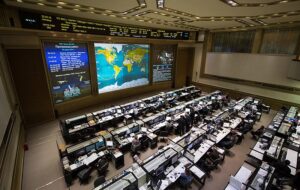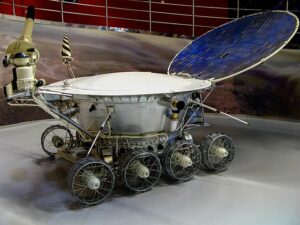The Kennedy Space Center (KSC), located on Merritt Island in Florida, is a pivotal site for space exploration, managed by NASA. Renowned as the launch site for some of humanity’s most significant space missions, KSC has been the cornerstone of American space endeavors since the 1960s.
The center’s primary objectives include launching crewed and uncrewed missions, developing cutting-edge space technology, and facilitating international space collaboration. Notable achievements include the Apollo moon landings, the Space Shuttle program, and, more recently, commercial spaceflight ventures.
As a hub for innovation and exploration, KSC continues to play a vital role in advancing our understanding of space and supporting missions that push the boundaries of human capability.
History and Evolution
The origins of the Kennedy Space Center date back to the late 1950s when NASA selected Cape Canaveral as its primary launch site due to its ideal geographical location. The facility was initially known as the Launch Operations Center, but it was renamed in honor of President John F. Kennedy in 1963, following his vision to land a man on the moon. The 1960s marked a period of rapid development and expansion at KSC, culminating in the successful Apollo 11 mission in 1969, where Neil Armstrong and Buzz Aldrin became the first humans to set foot on the moon.
During the 1980s, KSC became the launch site for the Space Shuttle program, which facilitated numerous scientific missions, satellite deployments, and the construction of the International Space Station (ISS). The tragic Challenger and Columbia disasters in 1986 and 2003, respectively, led to significant safety and operational reforms at the center.
In recent years, KSC has evolved to support a new era of space exploration, embracing commercial partnerships with companies like SpaceX and Boeing. These collaborations have revitalized the center, making it a launch site for the Dragon, Falcon, and Starliner spacecraft, which are pivotal to NASA’s Commercial Crew Program. This evolution underscores KSC’s adaptability and continued importance in the ever-changing landscape of space exploration.
Related Spacecraft
Here are some of the remarkable vehicles launched from this location:
Infrastructure and Facilities
The Kennedy Space Center is equipped with a range of advanced facilities essential for space exploration:
- Vehicle Assembly Building (VAB): One of the largest buildings in the world by volume, used for assembling large rockets like the Saturn V and the Space Shuttle.
- Launch Complex 39 (LC-39): Consisting of Pads 39A and 39B, these complexes have hosted historic launches, including Apollo moon missions, Space Shuttle flights, and modern commercial launches.
- Launch Control Center (LCC): The nerve center for launch operations, where mission managers and engineers monitor and control all aspects of the launch process.
- Space Station Processing Facility (SSPF): A state-of-the-art facility where components of the International Space Station (ISS) are processed and readied for launch.
- Orbiter Processing Facility (OPF): Used for the maintenance, inspection, and refurbishment of the Space Shuttle orbiters between missions.
- Visitor Complex: A public-facing area that offers educational exhibits, astronaut encounters, and a closer look at space exploration history.
- Multi-User Spaceport: Facilitates commercial spaceflight operations with partnerships including SpaceX, Boeing, and Blue Origin, supporting the launch and recovery of various spacecraft.
